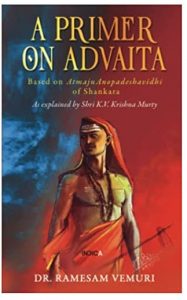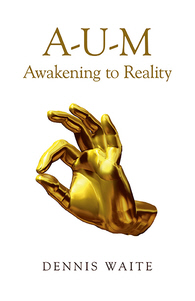Is everything said just an opinion?
Mostly yes, except for mathematics, which is not theory-dependent. If you are appalled at reading this, wait a second. 1) All scientific statements are theory-dependent and subject to further developments in the empirical sciences. 2) In ordinary life what is considered true, objective, common-sense statements (e.g. London is the capital of England) are true within the parameters of empirical life.
From the metaphysical perspective, however – for instance, that of Plato – things are quite different, e.g. what is a physical object, whether natural or man-made? What is ‘true opinion’? What do the senses tell us and how to relate them to the Intellect (nous)? In this higher, metaphysical, order there is, following Plato, only one (ultimate) truth: that arrived at through contemplation of ‘Ideas’ or archetypes, themselves reducible to the one supreme Idea, ‘the Good’. This is the only thing that merits the name of real knowledge according to Plato and is not transferable from person to person.
All interactions between people can be considered at most ‘true opinion’ (except, as said, consensual, empirical truths for the most part). Plato found ‘true opinion’ to be lacking in epistemic support; in the end, he even made a joke about it, rather than ending with the usual ‘aporia’ (indeterminable). A similar account of truth v. belief or opinion can be found in Eastern metaphysics.
Enlightenment, for Plato, can only be effected through the contemplation of the highest Idea, the Idea of the ‘Good’, which involves having led a life in accord with that supreme end.
If one has in view Advaita Vedanta in that respect – opinion (or ’true opinion’) – the ready answer lies in vyavahara/vyavaharika, which refers to the empirical life as a whole, where everything is relative. In this realm can we not say that everything in human interactions is just an opinion, except, say, for the words of a real jñani?


